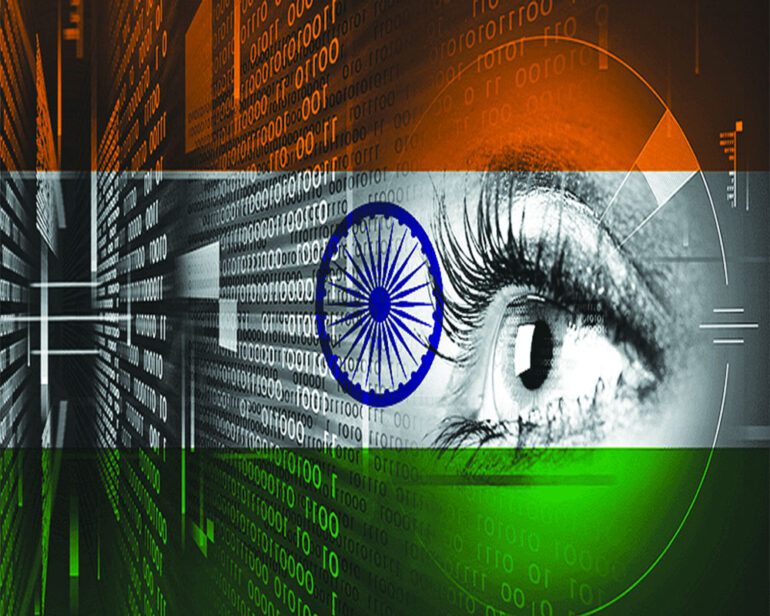TL;DR:
- The Indian government has introduced a free AI training course under the India 2.0 program.
- The program is a collaboration between Skill India and GUVI and focuses on Artificial Intelligence.
- The course is accredited by the National Council for Vocational Education and Training (NCVET) and IIT Madras.
- It is available in nine different Indian languages and can be accessed on GUVI’s website.
- The course caters to individuals with varying levels of programming knowledge and offers industry best practices for Python programming and AI skills.
Main AI News:
In a groundbreaking move, the Indian government has introduced a pioneering initiative under its India 2.0 program—an exceptional free AI training course. This online program, developed through a collaborative effort between Skill India and GUVI, sets a new standard for comprehensive education in Artificial Intelligence (AI). The National Council for Vocational Education and Training (NCVET) and IIT Madras have proudly accredited this program, ensuring its quality and credibility.
Dharmendra Pradhan, the Union Minister of Education and Skill Development and Entrepreneurship, shared insightful details about this remarkable venture. GUVI, an esteemed Ed-tech company incubated by IIT-Madras & IIM-Ahmedabad, spearheads the field of personalized learning solutions. With an unwavering commitment to empowering individuals, GUVI offers an extensive range of online learning, upskilling, and recruitment opportunities, with a strong emphasis on teaching tech skills in various regional languages.
Notably, this exceptional course is accessible in nine different Indian languages, allowing users to learn in their preferred language. By visiting GUVI’s official website, individuals can easily sign up for this free course, which promises to be an enriching experience. During the registration process, applicants will be asked to indicate their knowledge level in Java, coding, cyber security, and related areas. However, even those without prior expertise can join this course to gain a solid foundation in AI programming.
GUVI’s official site describes the course as inclusive, catering to individuals at all skill levels. Whether one is a complete novice or already familiar with basic syntax, this program offers a comprehensive learning experience. Moreover, participants will gain valuable insights into Artificial Intelligence and Python, providing a well-rounded understanding of these in-demand fields. Industry best practices for Python programming and sought-after AI skills will be imparted, aligning with the requirements of real employers.
The AI for India 2.0 course holds significant promise in empowering individuals, especially the rural youth, with cutting-edge technologies like Artificial Intelligence. During the course’s launch event, Minister Pradhan emphasized the importance of offering technology courses in a diverse range of Indian languages. Breaking down language barriers in technology education is a paramount goal, and this program marks a crucial step towards future-proofing the country’s youth, particularly those residing in rural areas.
Conclusion:
The launch of the accredited free AI training program by the Indian government in collaboration with GUVI is a significant development for the market. It highlights the government’s commitment to democratizing access to cutting-edge technologies like Artificial Intelligence and promoting skill development. By offering the course in multiple regional languages and catering to individuals of different skill levels, the program aims to empower a wider range of participants. This initiative is expected to foster a skilled workforce in the field of AI and Python programming, meeting the demands of real employers. Furthermore, breaking down language barriers in technology education is a crucial step towards ensuring inclusivity and future-proofing the country’s youth, especially those in rural areas. Overall, this program signifies a positive trajectory for the market, as it promotes innovation, knowledge-sharing, and digital transformation.

